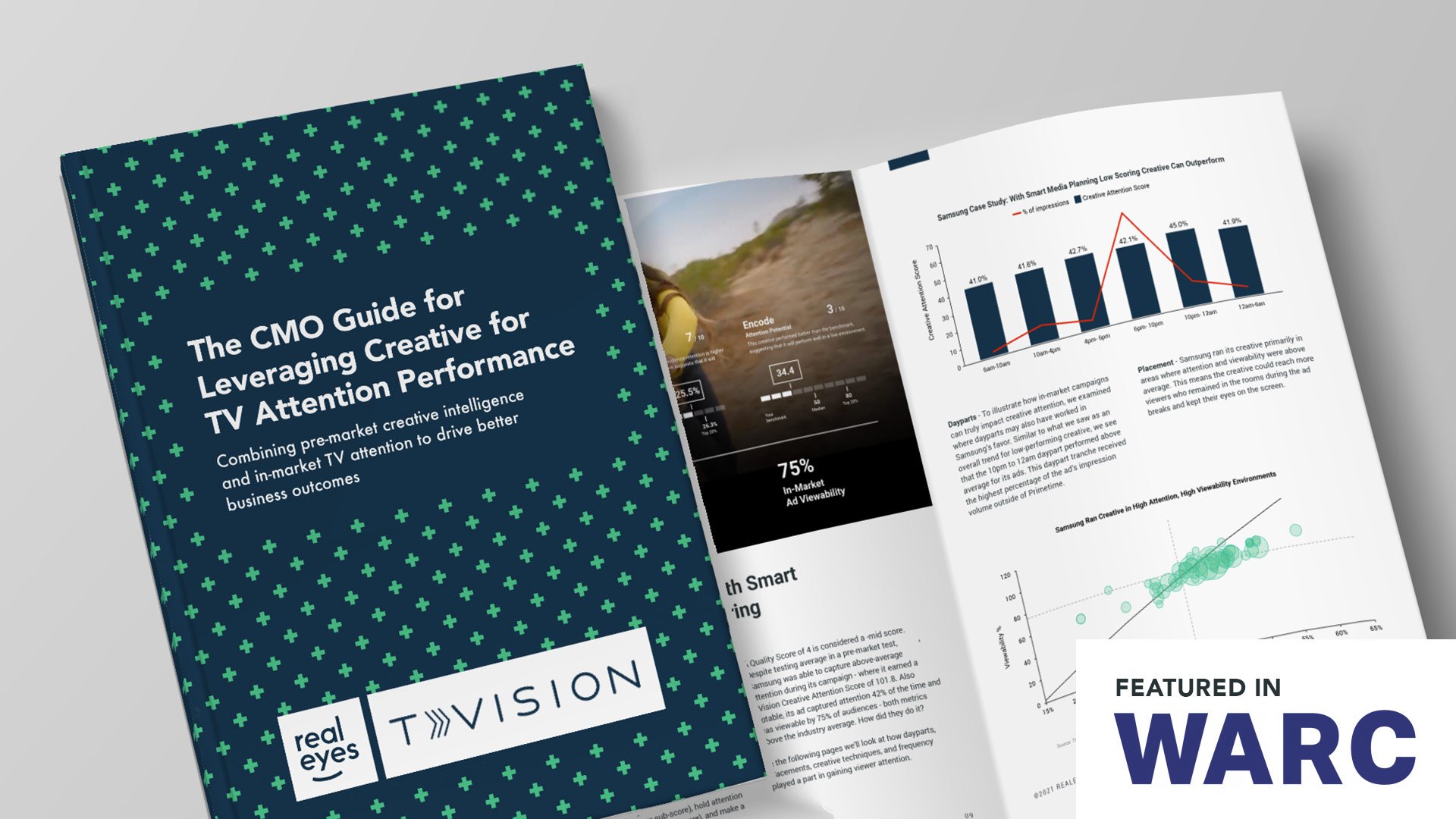
LinkedIn Head of Media: You Must Have an Attention Strategy

Keith O'Brien
“If you don't have a strategy to optimize for attention in advertising, you shouldn't do advertising.”
Don’t take our word for it; the above is a verbatim quote from Paolo Provinciali, Head of Paid Media Strategy & Operations, at LinkedIn. He should know a little something about advertising, considering LinkedIn advertising revenues are expected to surpass $4B in 2022.
LinkedIn, like all other social networks and publishers, are increasingly looking to validate the efficacy of ads on their platforms. Paolo recently published a must-read blog on attention, where he discussed how brands can optimize for human attention in advertising and how that helps them achieve better outcomes.
Attention is, of course, a hot topic taking up significant real estate at recent events like MAD//Fest and the I-COM Global Summit; we shared results from our recent award-winning attention work with Mars, Incorporated at both events.
That’s because many advertisers realize that if their audiences are not paying attention, nothing else matters.
Paulo makes several salient points in his blog, such as:
- Messages delivered in a low-attention environment will have a lower chance of influencing behavior
- First-movers targeting attention-rich markets are at an advantage since attention is still not factored into the price of the media
- Attention is prerequisite for success, but still not a guarantee
- Advertising works best when there is an optimization in both creative and media attention
- Now is the time to demand more accountability from a brand’s creative partners
The last two points are especially worth exploring.
There has been an abundance of focus on media measurement, but too little on creative measurement. Speaking from the platform perspective, Paolo says that the buy-side (e.g., advertisers) cannot hold the sell-side responsible for poor attention if the creative fails to capture it. This is true, and why we think creative attention is a must-have before any campaign. By demonstrating through testing that a piece of creative captures attention, we can then focus on which media work best for that particular content.
And regarding the importance of combining media and creative: Our joint report with TVision demonstrated that there is a huge opportunity to better understand the relationship of high/low attention media with high/low attention creative, especially when frequency and wear-out come into play.
His ending nails the current environment and is worth quoting in full:
“The ability to capture human attention is the foundation of the advertising industry. Finding solutions to complex problems and breaking down the many variables that influence our desired outcome is what makes us experts at what we do, and I’m confident that mastering the art and science of measuring and optimizing for human attention will ultimately move the advertising industry forward.”
Thanks for a great piece and for helping to move the dialogue around attention forward.

